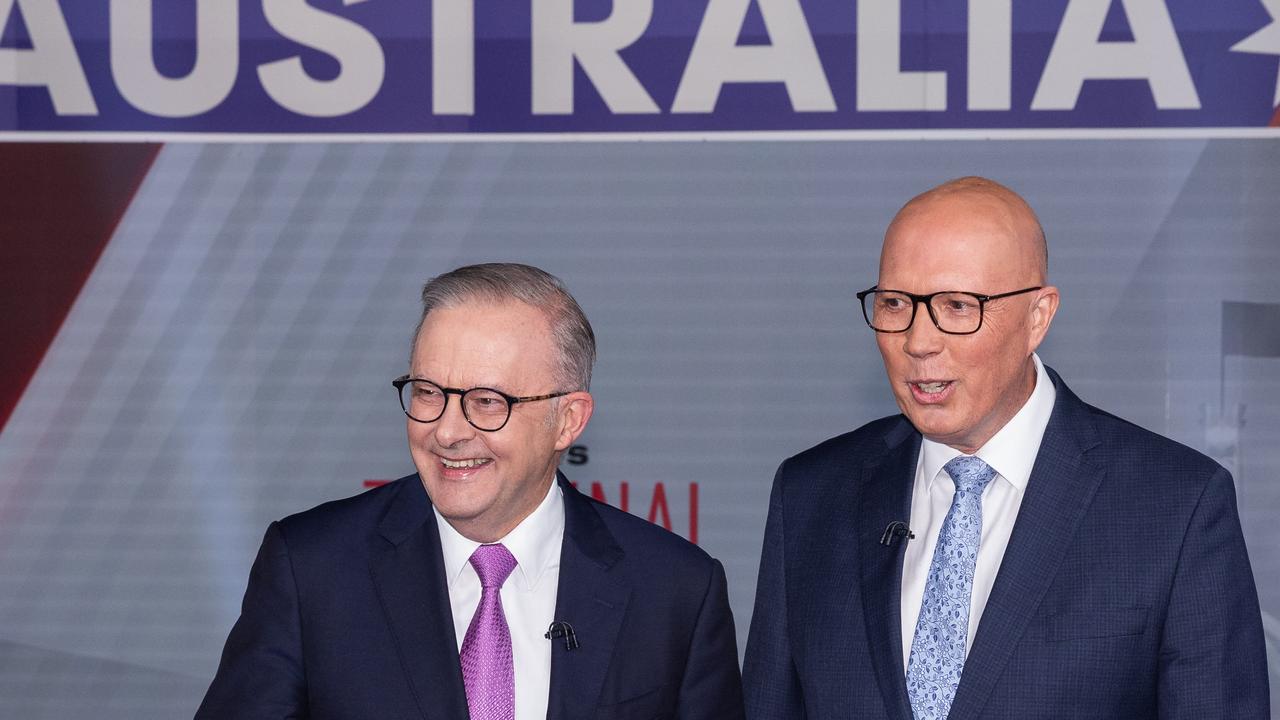RBA interest rates: Reserve Bank raises rate by 0.25 per cent to 3.6 per cent
The interest rate rise is expected to make a “crisis” even worse, with warnings the “blunt” move will cause “tough times” for millions of Australians.
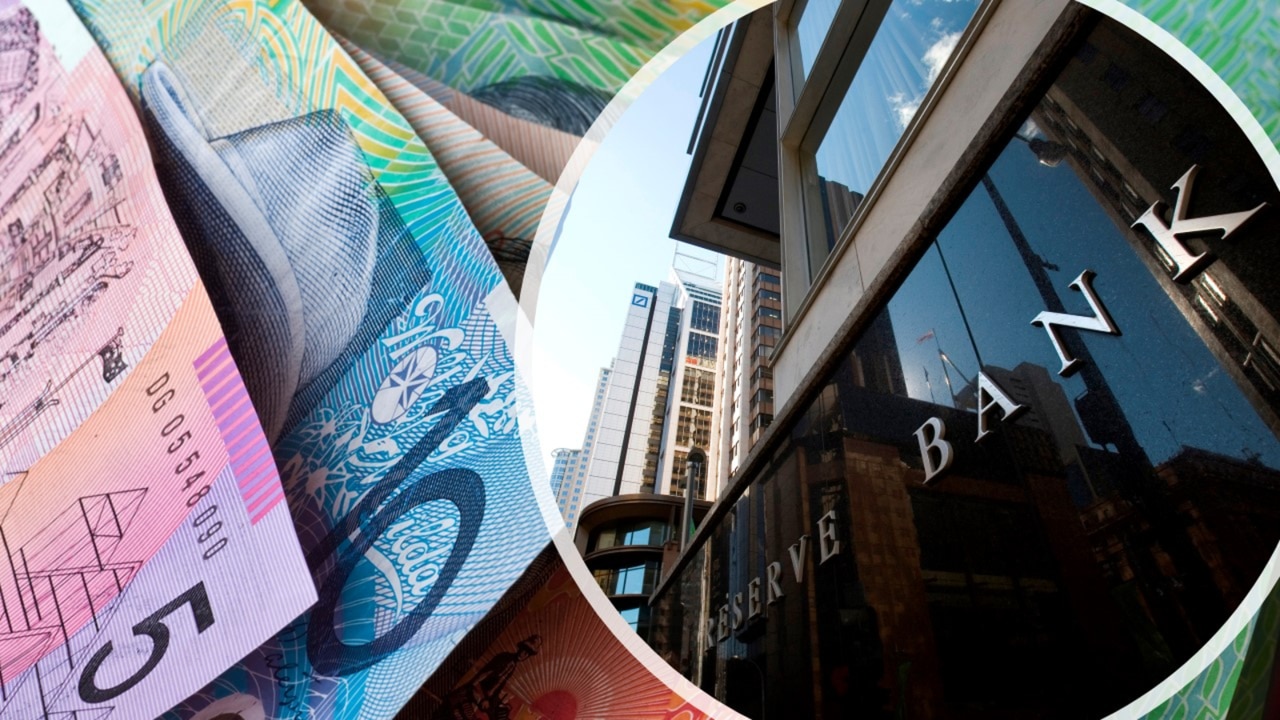
Interest rates have been hiked by 0.25 per cent taking the cash rate to 3.6 per cent but there are warnings that Australians will be feeling “great pain” from the decision to raise them for the tenth time in a row.
The Reserve Bank of Australia (RBA) made the call in its March meeting – which will see interest rates hit their highest level since May 2012 – after governor Philip Lowe flagged more rises would be needed after February.
This means another $77 will be added to monthly repayments on a $500,000 loan, according to RateCity, with a whopping $983 a month extra piled on since the first rate rise in May 2022 — or a 42 per cent increase.
Meanwhile a $1 million loan, which is the median house price in Australia, will have $156 added to monthly mortgage repayments.

Pradeep Philip, head of Deloitte Access Economics, said despite acknowledging that inflation has peaked, that the economy is slowing, and wages aren’t the threat they thought they would be, the RBA Board has decided to lift interest rates again.
“This brings the cash rate to 3.6 per cent and with ten interest rate rises on the trot – with most not having had their full impact yet – it places further cost of living pressures on Australians while increasing the chance of an unnecessary recession,” he warned.
“The decision is the tenth consecutive increase since May 2022 and comes after National Accounts and CPI data released last week revealed that both economic growth and inflation have slowed faster than expected, making the wisdom of this decision hard to understand.
“Given interest rates attack inflation from the demand side, they are not fully effective in fighting inflation being driven by supply side issues. Unfortunately, the RBA has few other tools at its disposal to help fight inflation and has indicated further rate lifts are to come.”
Behavioural finance academic at Deakin Business School Erica Hall added the RBA’s clear focus is to wrestle the inflation genie back into the bottle as quickly as possible.
“Their biggest ‘can’t sleep at night fear’ is for high inflation to become entrenched, which is why they have been so aggressively hiking interest rates,” she said.
“Their monetary policy actions have already had a negative impact on house prices, disposable income, and net wealth. As we near the end of the hiking cycle the risk is the RBA will overshoot and push us into recession.”
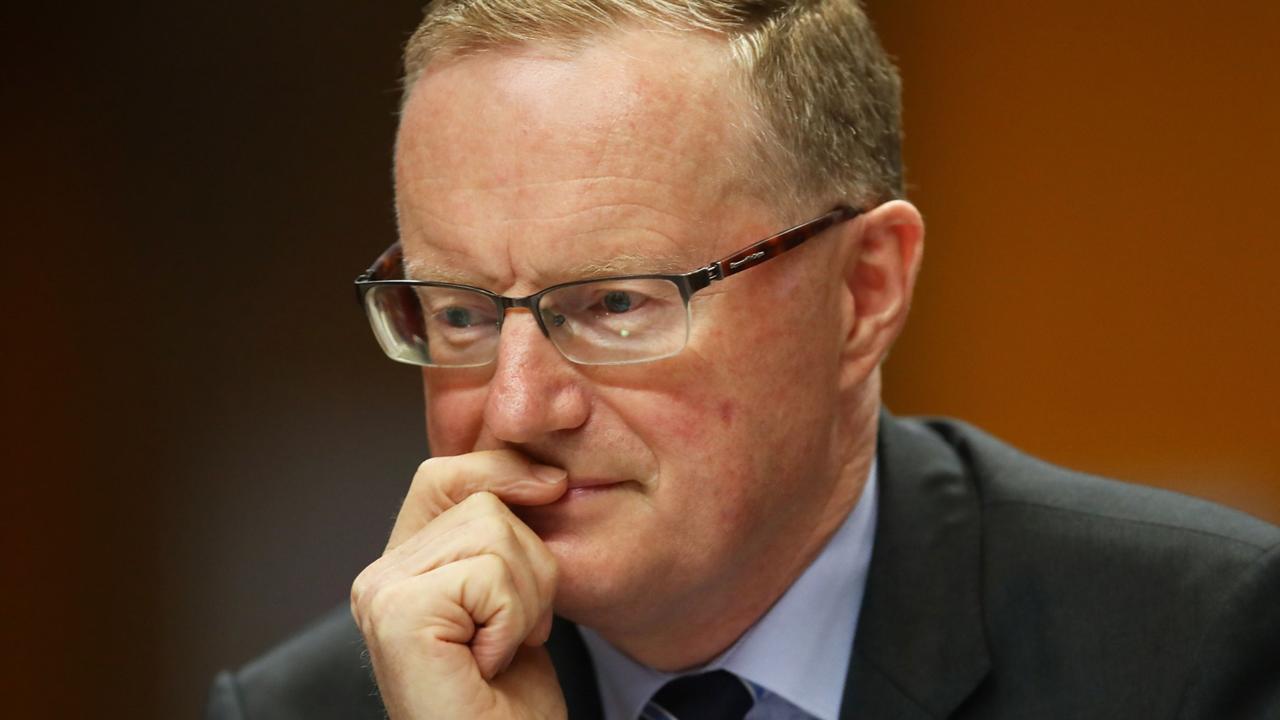
Zippy financial director and principal broker Louisa Sanghera accused the RBA of taking a “sledgehammer” to the economy.
She said a number of economic indicators have started to skew softer, with rising unemployment, underwhelming wages growth and GDP, plus home lending finance has fallen by a staggering 35 per cent in the past year.
“While it is economically prudent for inflation to be curtailed, the Reserve appears to have taken a sledgehammer approach, rather than showing a modicum of patience – even for a month or two – after February’s rate hike to analyse the impact of higher rates on consumer spending and the wider economy,” she said.
“The consensus amongst economists is that the cash rate may have already been pushed too far, but it appears that possibility – as well as the pain being felt by mortgage holders – is falling on deaf ears at the Reserve Bank board table.”

Eleanor Creagh, PropTrack senior economist, said the substantial tightening that has been pushed through already has quickly rebalanced the housing market, with prices falling from peak levels in most parts of the country.
“Prices nationally fell for nine consecutive months and are now sitting 3.9 per cent below their March peak, despite bouncing 0.18 per cent in February,” she said.
“Sellers in market now are benefiting from low competition with other vendors, as buyers vie for available stock. The constrained level of properties available for sale has concentrated buyer demand and is “putting a floor” under home prices to a degree.”
She added maximum borrowing capacities had plummeted by 30 per cent since rates started rising with further house price falls expected.
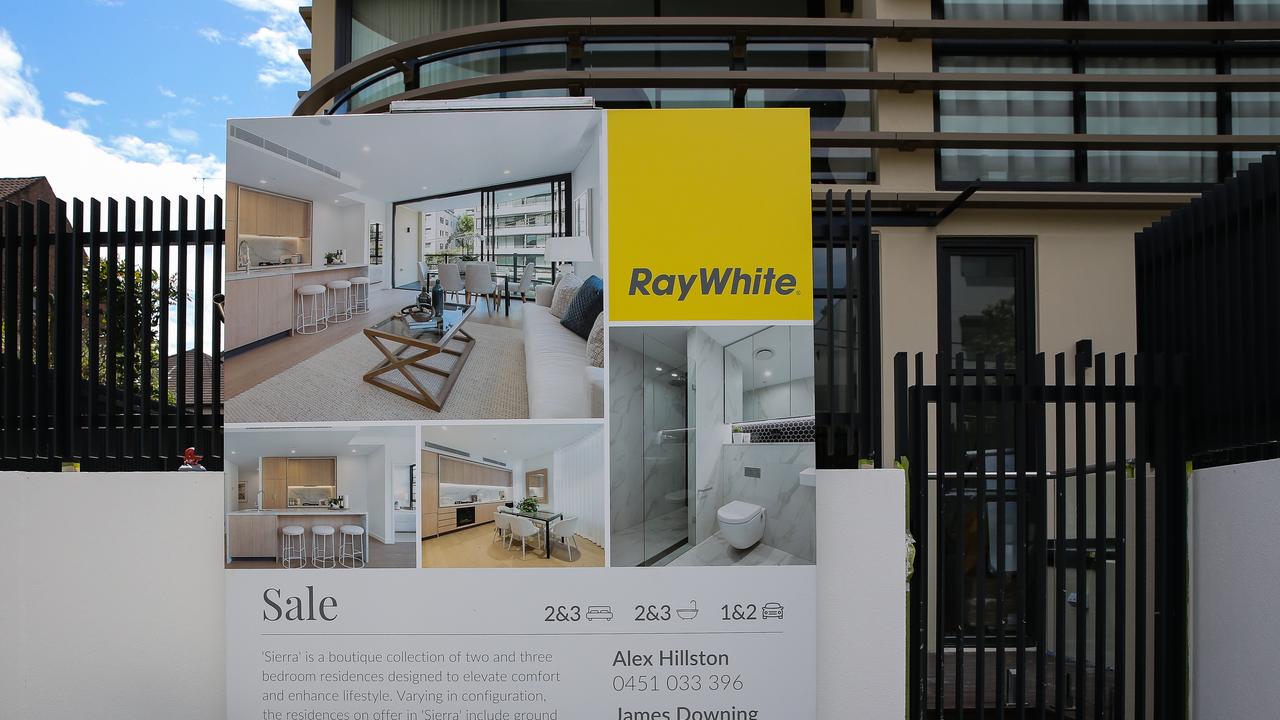
Recent research found that nearly half of adult Australians admitted they won’t be able to afford more rate rises, according to Compare the Market.
More than 40 per cent of those Australians confessed they’ll have to reassess their living costs while 2.8 per cent will need to sell their property and 3.1 per cent are trying not to think about it, its research showed.
“It’s another dark day for many borrowers and it will probably break the bank for many that are already feeling the squeeze,” Compare the Market’s general manager of money Stephen Zeller.
“With interest rates continuing to rise, fuel and gas prices skyrocketing, there will undoubtedly be more households and businesses struggling to meet their repayments.
“We know this because as interest rates have risen, so has the percentage of arrears.
“In December it was 0.76 per cent, up from 0.65 per cent in November. So, this could mean that any extra buffers that were made during the pandemic have now been eaten into as we are seeing arrears increase”.
Homeowners coming to terms with a 50 per cent increase in repayments since April 2022 will need to work the equivalent of an extra 29 hours per month or 348 hours per year to make up the shortfall in repayments or look for other ways to survive, according to analysis from Canstar.
But those looking to get into the property market are also in for a world of pain.
A couple that earned a combined gross income of $150,000 per annum with no kids, had the potential to borrow $994,000 in March last year, Compare the Market research showed.
But now, that same couple can only borrow $800,000 – almost $200,000 less and with the possibility of three more 0.25 per cent increases on the horizon, it could see their borrowing power further slashed to $746,200 in July of this year.

Graham Cooke, head of consumer research at Finder, said it was bad news for homeowners already doing it tough.
“Australians with the average loan size of around $600,000 will be forking out over $13,000 more per year on their mortgage compared to what they were paying a year ago,” he said.
“While homeowners deserve a break from the relentless increase in pressure, we can expect ever more hikes from the RBA this year.”
A whopping 36 per cent of Aussie homeowners said they struggled to pay their mortgage in February, according to Finder’s Consumer Sentiment Tracker.
Its also bad news for renters with the number of new housing loans for owner-occupiers and investors falling by 30 per cent and 27 per cent respectively, in December 2022 versus December 2021, according to ABS data.
Experts believe this will put even more pressure on rental prices as people are forced to continue renting rather than buy a home.

Mr Cooke said mortgage costs have gone up faster than rental costs.
“This could mean there is a lag yet to hit the already heated rental market,” he said.
Mala Raghavan from the University of Tasmania added there is currently a limited supply of rental properties with a low vacancy rate in the market.
“With fewer Australians buying homes, coupled with the inflow of international students and foreign workers, the demand for rental properties will increase, putting significant pressure on landlords to increase rental prices,” she warned.
Rates have risen from a record low of 0.1 per cent since May and it’s not just homeowners that the “enormous financial pain” is being unleashed on with younger people and lower income households also very “vulnerable”.
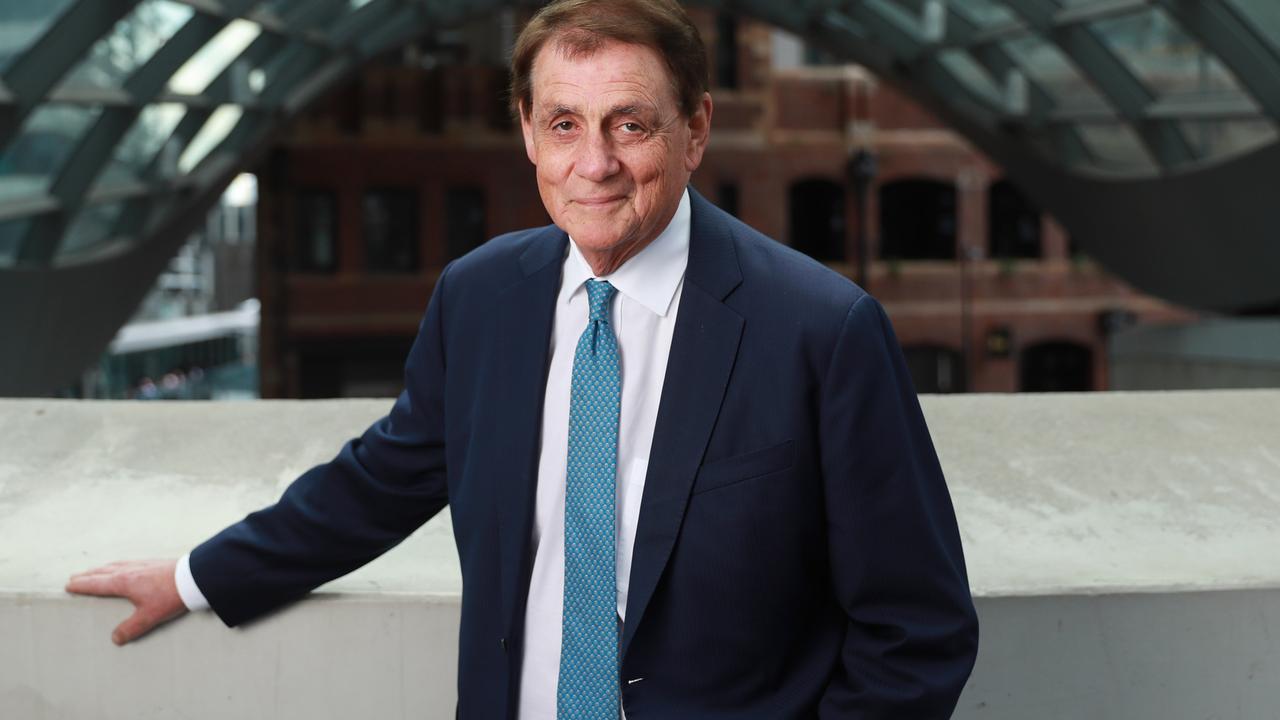
With annual inflation running at 7.4 per cent, Westpac economist Bill Evans believes more rate rises are to come and it will be a “very tough time” with “lots of pain out there”.
“Overall, the household sector’s got $300 billion of excess savings – extraordinary. But we do believe that a very high proportion of that is held among the more wealthy,” he said.
The RBA’s own data estimates that 15 per cent of variable-rate borrowers would have no spare cash after making mortgage repayments and paying bills if the official rate climbed to 3.6 per cent.
It also showed that showed 10 per cent of variable rate borrowers would struggle and would need to use savings to continue to meet their loan payments, but the RBA said other borrowers would have “limited ability” to do that.

Westpac chief executive Peter King also described rate rises as a “very blunt tool” that were hitting some households harder as Australians grapple with the cost of living skyrocketing.
“Prices are through the roof, interest rates are going up, and depending on where you sit there will be opportunities to grow and prosper, or you may need to adjust to survive. So the impacts will be felt in a very uneven way,” he said in a speech to customers on Monday.
“The cost of living and inflation are serious challenges, and they’re hitting some Australians really hard. In response, the RBA is lifting interest rates, and we know that’s a very blunt tool that will be felt unevenly.”
The ACTU has called on the RBA to halt interest rate rises – warning that working people on low and middle incomes are already struggling to get by on wages that are not keeping pace with inflation.
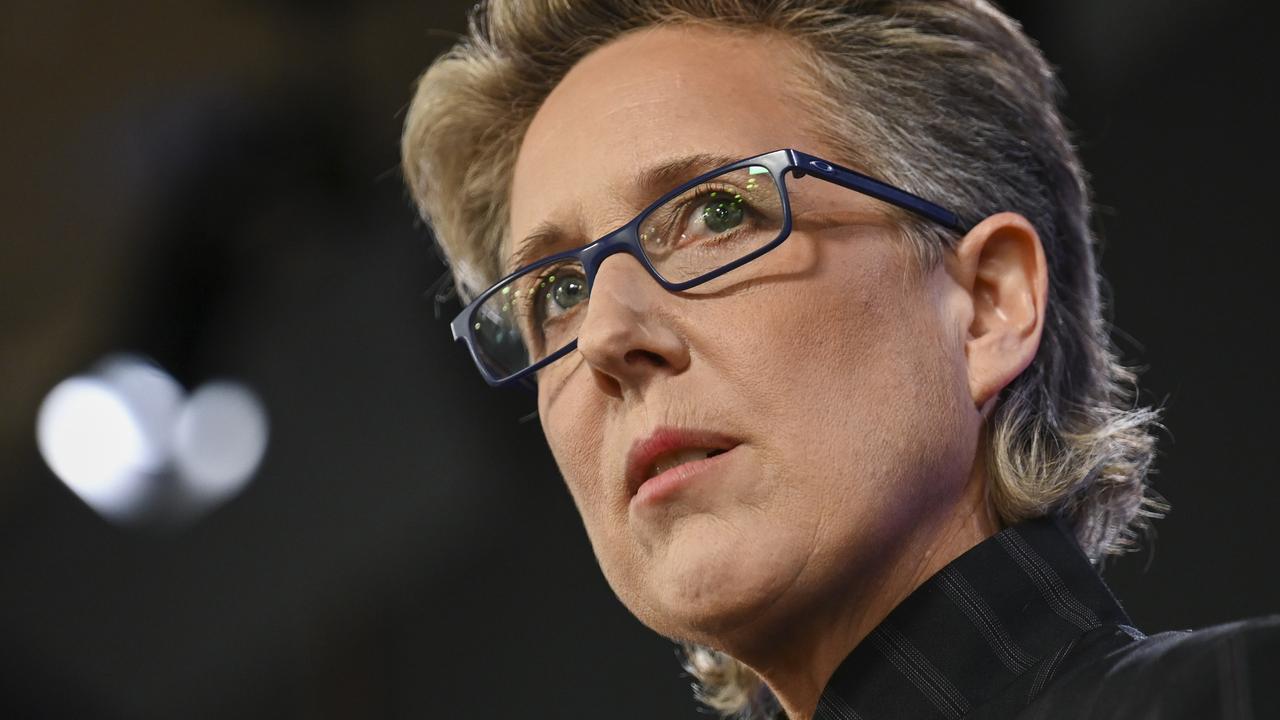
Meanwhile, any further interest rate rises will push them off a cliff, with mortgage holders and renters at particular risk, the ACTU said.
The union believes rate rises have already “done enough damage” as economic growth has slowed, unemployment is climbing and consumer confidence is at rock bottom.
“Working people are feeling great pain from the relentless interest rate rises unfairly inflicted on them to rein in inflation, meanwhile corporate profits are swelling,” said ACTU secretary Sally McManus.
“Workers are being punished for a problem they did not cause. As many as one in four are skipping meals and many are not going to the doctor when they need to as a result of this cost of-living crisis.
“Australian workers should not be left to bear the brunt of fixing inflation caused by unchecked profiteering during an unprecedented set of domestic and global crises.
“Between the RBA and big companies, the average Australian has had their modest savings depleted because of interest rate rises and big business raising prices far higher than they need to.”
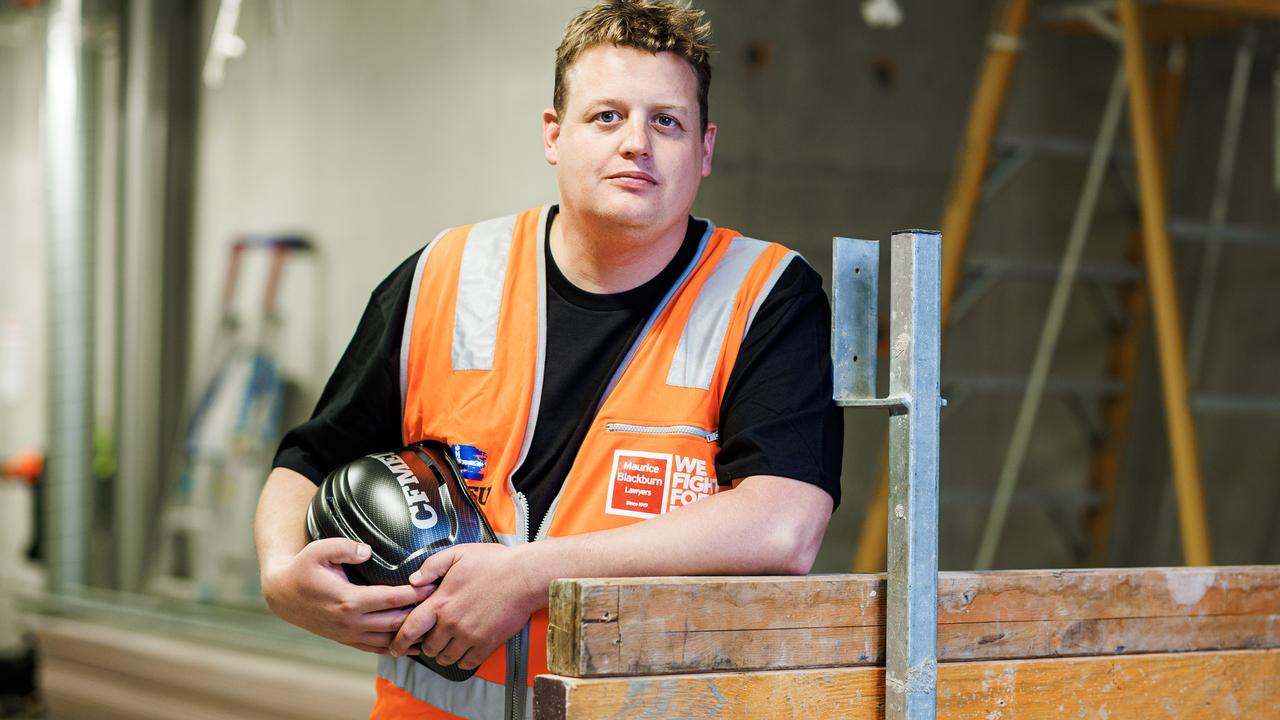
Zach Smith, CFMEU incoming national secretary added the RBA’s model is broken and more was needed then to “tinker with its charter” as it faces a government review.
“Greedy corporations caused this inflation crisis by jacking up prices and trousering massive profits. And how does the RBA respond? By belting ordinary working people who did nothing to create the problem,” he said.
“How about we dial up the pressure on corporations instead of on ordinary families? How about we capture some of the windfall profits that banks and energy companies and supermarkets are generating off the back of their high prices?
“These rate rises are causing unbelievable pain to blue collar workers and their families. I know these workers live a long way from Martin Place, but the RBA needs to consider what their day to day realities look like.
“People who wake up early and work hard are now struggling to pay for the basic necessities like food, shelter, and electricity. That’s an absolutely disgraceful situation for a wealthy nation to have created.”
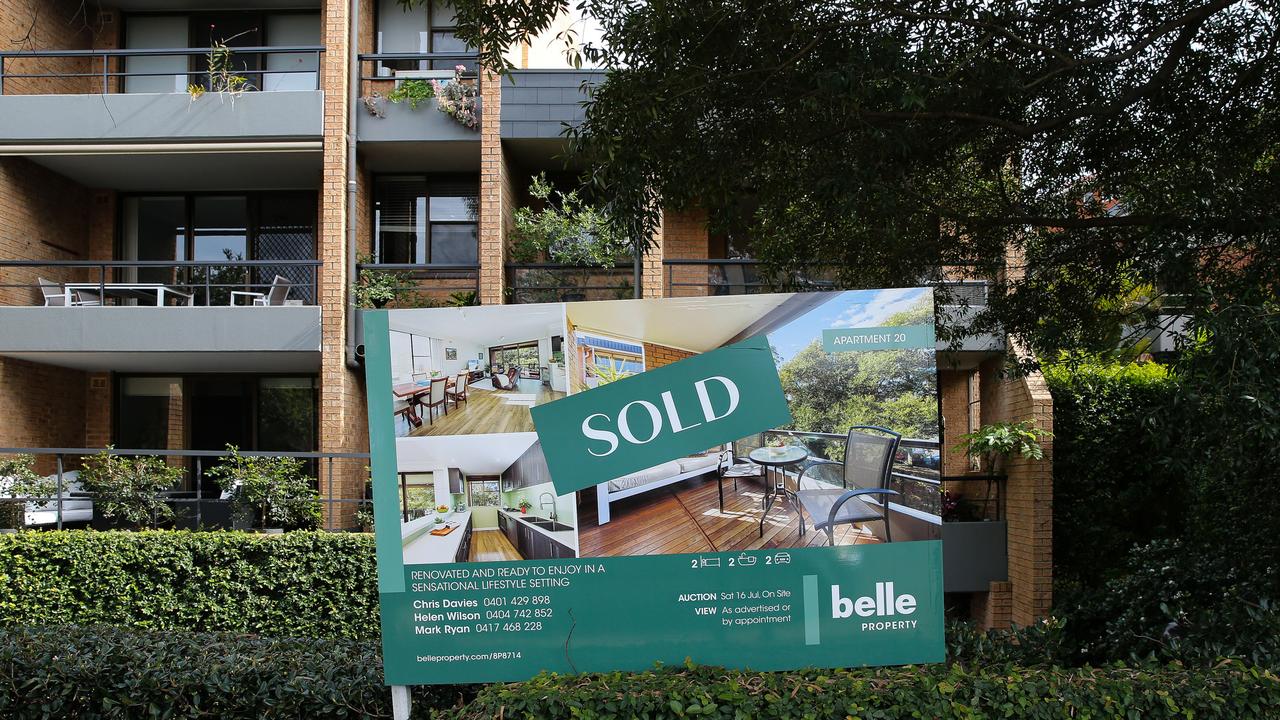
ANZ, NAB and Westpac are all predicting that interest rates will peak at 4.1 per cent with rises to hit in March, April and May, while the Commonwealth Bank believes rates will only go as high as 3.85 per cent.
CBA backed up its call by saying that the RBA is “underestimating the lagged impact that the already delivered interest rate hikes will have on the economy in 2023”.
It also expects rates to start being slashed in the last three months of 2023 but Westpac, NAB and ANZ have all predicted rates won’t fall again until next year.





